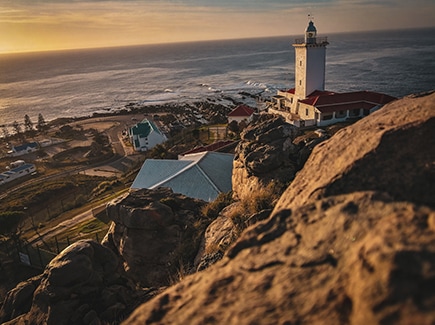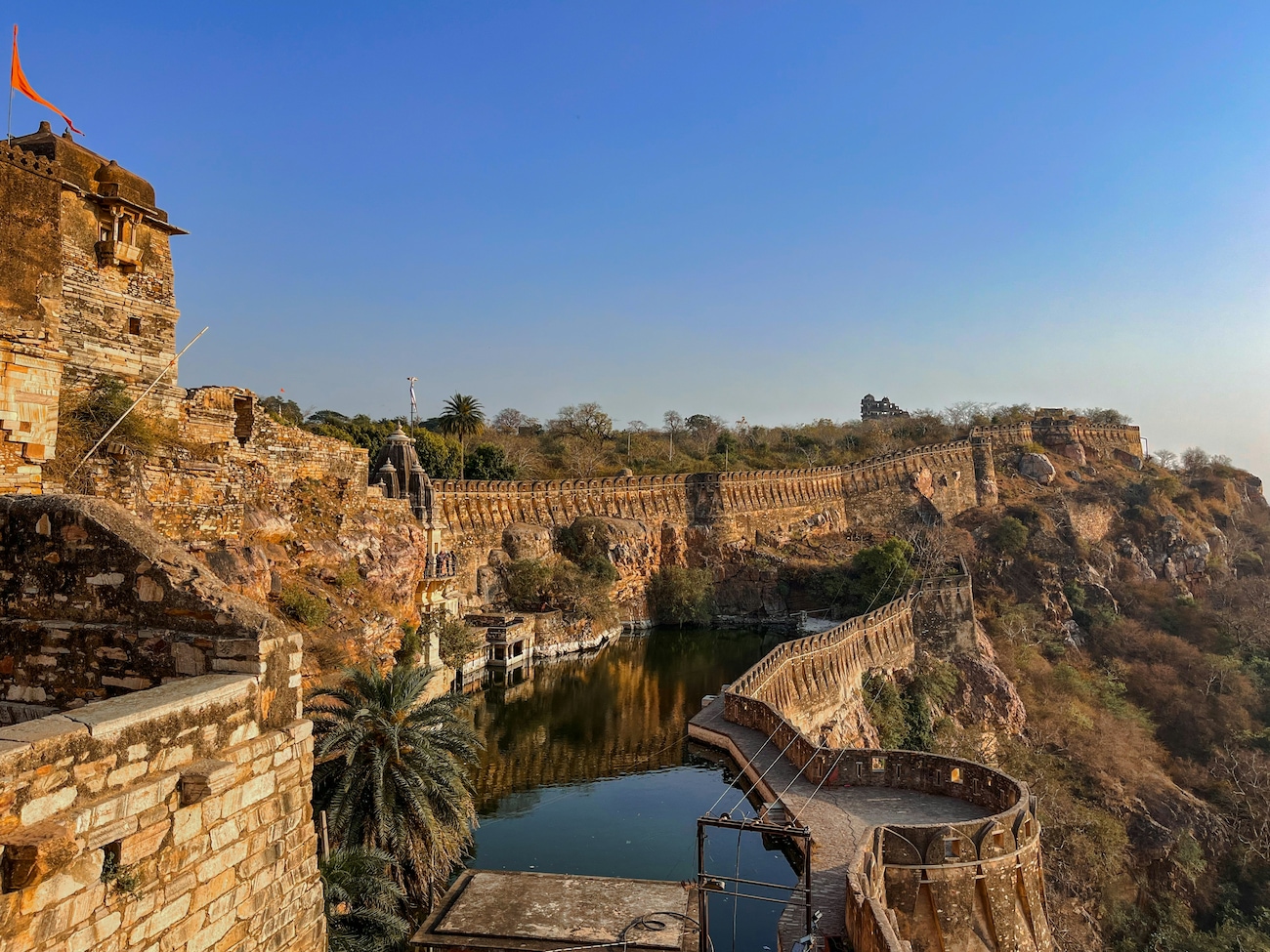If there are places on Earth that hold in their core, the immortal tales of bravery, sacrifice, heroism, and countless stories of courage; of men and women who fought and built - brick by brick - a glorious future for generations to come, then Rajasthan is one among them. A citadel of bravery, of colours and forts and places and राजसी ठाट. This land of kings offers a unique chance for travellers to discover and re-discover the traditions and the culture and soak in the grandeur of the good old days.
Rajasthan is considered one of the most popular tourist destinations in India. A state with beautiful attractions, festivities, alluring tourist sights, bazaars, wildlife, temples and ghats and the most delectable cuisine. And speaking of stories of a time long gone are the cities in Rajasthan - our Rajasthan travel packages are a testament to them.
In the early days, Rajasthan was the stronghold of the Rajputs, the Maharanas, the Mughals and later the British. Today, the state boasts a royal heritage and its bustling cities offer extravagant sights where tourists get to experience a royal visit in heritage hotels, enjoy wildlife sanctuaries, participate in colourful festivities and take in awe, the grand architecture of famous monuments of Rajasthan. And among them is the incredible Fort of Chittorgarh.
There’s a lot to talk about when it comes to Chittorgarh Fort with its grand walls, and ruined palaces that recount stories of devastation, heroic acts, wars and peace and the enormous presence it holds in the culture of India.
- About Chittorgarh Fort, Rajasthan
- Infrastructure of the Chittorgarh Fort in Rajasthan
- Must Visit Attractions at Chittor Fort, Rajasthan
- Vijay Stambh
- Kirti Stambh
- Fateh Prakash Palace (government museum)
- Gaumukh Reservoir
- Best Time to Visit Chittorgarh Fort
- Chittorgarh Fort Ticket Price
About Chittorgarh Fort of Rajasthan
Once a stronghold of brave warriors, the now Chittorgarh fort in Rajasthan offers a glimpse into the past. Built in the 7th century CE by the Mauryan ruler Chitrangad Mori, the Fort of Chittorgarh, also called the Fort of Chittor was later seized by the Mewar rulers and remained a bastion of the Sisodia Rajputs until the 16th century. Chittorgarh Palace has been a witness to several dramatic and tragic events. Its long corridors and opulent rooms are designed for luxury. Its walls were lined with medieval paintings, armoury and murals, telling stories of bravery and sacrifice of great warriors like Badal, Gora, Maharana Pratap, Rana Kumbha, Rana Sanga, Rani Padmini, Jaimal and Patta among others.
Like other forts and palaces in Rajasthan, the Chittor Fort also has many tales to tell. But much like every other heritage site, the story begins with the place it was built and the people who ruled. Today, the Fort of Chittor is one of the UNESCO World Heritage Sites and is a pride of Rajasthan.
Back in medieval times, Chittorgarh was one of the most contested seats in Bharat. Before the many sieges that defined its legacy, Chittor was a flourishing centre of trade. Its strategic location and proximity to Gujarat and Malwa which in itself was a land of riches and minerals, held much importance for Mughal rulers like Akbar, Allauddin Khilji, Bahadur Shah and Jahangir. Not only was it considered impenetrable because of the legendary warriors trained in the art of war, but also because of the sprawling fortress perched atop a hill, guarding Chittor against enemy lines.
The Chittorgarh Fort in Rajasthan was built to home and protect the people of Chittor against invaders, Its imposing walls were guarded by watch towers that offered unobstructed views of the approaching enemies. Within the fort are 65 historical structures including 4 palaces, 4 memorials, 7 gates, 19 Jain and Hindu temples, 84 large water bodies, out of which only 20 remain in existence and two pillars - the Tower of Fame (Kirti Stambh) and the Tower of Victory (Vijay Stambh). It is not hard to imagine that enough supplies were likely stored to sustain a large army during times of conflict.
But no matter how impregnable the Fort of Chittorgarh was, it was overrun and laid siege to by Mughal warriors three times.
If you are one to delve into the historical essence of a place, Chittorgarh Fort in Rajasthan will be like heaven on earth for you. The magnificent infrastructure, the culture and tradition of this city and the palaces of Chittorgarh Fort are a great place to tour with family and friends on your trip to Rajasthan.
Infrastructure of the Chittorgarh Fort in Rajasthan
The fort is spread over a sprawling 700 acres with a circumference of 13 km and was built on the banks of the Gambhri River. Its architecture is a testament to the skills and creativity of Rajput and Mughal builders throughout the years.
The fort’s infrastructure is distinguished by its imposing lime mortar walls, huge gateways, soaring towers and majestic palaces which travellers can explore at their ease. A popular destination in our Rajasthan family tour packages, Chittorgarh Fort is a place where you will get transported back to the times of great bravery.
Tourist Attractions at Chittor Fort, Rajasthan
Vijay Stambh
Built in 1400–1448 by Ranam Kumba is a proud structure, a symbol of victory against Mahumad Shah I Khalji, the Muslim ruler of Malwa and Gujarat. The structure is 122 feet tall and consists of 9 storeys with delicate detailings of sculptures of Hindu gods and goddesses.
Kirti Stambh
The Tower of Fame, dedicated to the first Jain teacher, Adinathji is a 72 feet high tower. The tower is decorated with engraved illustrations and Jain inscriptions and sculptures.
Fateh Prakash Palace (government museum)
Fateh Prakash Palace is one of the functioning palaces of Chittor Fort in Rajasthan. Built by Maharana Fateh Singh, the Maharana of the Sisodia dynasty of Mewar, Fateh Prakash Palace is now a museum that houses a vast collection of wood crafts, post-medieval statues from the Bassi village, Jain Ambica and Indra from Rashmi Village, weapons, clay replicas, traditional costumes, paintings and much more.
Gaumukh Reservoir
Gaumukh Reservoir is an important reservoir in the Chittorgarh Fort. Located on the western side inside Chittorgarh Fort at the edge of the hill, close to the Samidheshvara Temple, Gaumukh Reservoir is a sacred site. During the mediaeval times, the reservoir was considered the primary source of water.
Best Time to Visit Chittorgarh Fort
The fort remains open throughout the year, welcoming visitors from across the world. The best time to visit is typically during the cooler months of October to March. Pleasant weather only adds to the comfort and experience.
The opening times of the Chittorgarh Fort are 9 AM - 6 PM and the visit typically takes at most 3-4 hours. To avoid huge crowds, you can visit the fort early to explore the palace ruins, the precincts, and the temples. Alternatively, if you wish to experience a one-of-a-kind light and sound show that happens between 7 PM - 8 PM, feel free to stay behind in the late afternoons.
If you ask us, the night view of the Chittorgarh Fort is worth every penny spent.
As for the visiting hours at the Fateh Prakash Palace museum within the complex, it generally follows similar rules but with exceptions on Monday, when the museum remains closed to the public.
Chittorgarh Fort Ticket Prices
The ticket prices for Chittorgarh Fort and the museum vary for Indians and foreigners. Depending on additional charges for attractions and activities, the ticket price at Chittorgarh Fort may range from INR 25 to INR 200 (prices are subject to change).
When you book a group tour to Chittor Fort or a Rajasthan tour with us, we take care of every expense. Veena World ensures you get the best and enjoy your tour without having to worry about miscellaneous expenses or minor details on your tour.
Besides what you read above, there is so much that Chittorgarh Fort has in store for you. From Ratan Singh Palace which overlooks a small lake to Kumbha Mahal, Meerabai Temple, Kumbha Shyam Temple, Rani Padmini Palace, and Kalika Mata Mandir, Chittor holds within itself a rich history.
So book your Rajasthan tour packages from Mumbai and travel with us to places that hold yet speak freely of the stories and myths of great war heroes and what they left behind.

























































Post your Comment
Please let us know your thoughts on this story by leaving a comment.